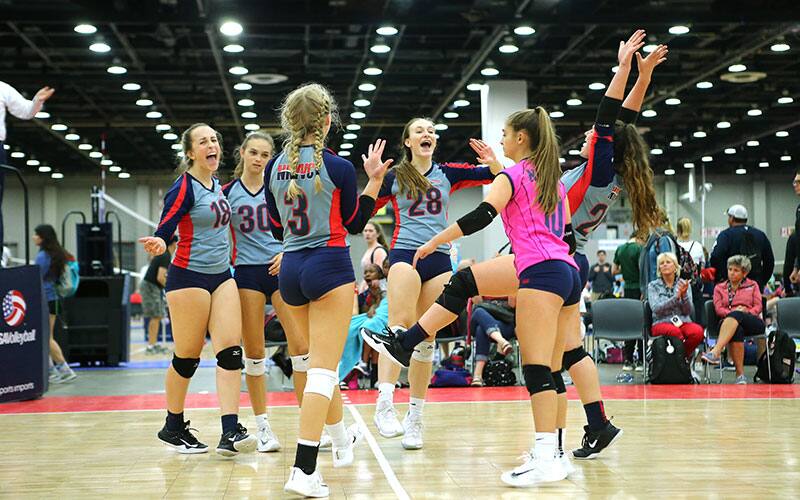
Kids and teenagers are not typically known for their patience, and after injuries, they may be tempted to cut how long they need to sit out of their favorite activities. However, taking shortcuts during the recovery process can delay healing and increase the risk of re-injury. If you are a coach of an injured young athlete, here are recommendations for keeping recovery on track.
Seek Professional Guidance
We all know of kids who listen to someone – anyone – other than their parents. Sometimes hearing the message about recovery from a doctor, physical therapist or certified trainer is what it takes to get through. And many times, young athletes can continue training with modifications.
According to Rachel Roberts, Coaching Development and Performance Center Coordinator for the National Strength and Conditioning Association (NSCA), “It is fairly easy to train athletes who have an injury. For example, if an athlete has a lower body injury, we can train around the injury by shifting their focus to upper body (power development, strength/muscle gain), core and possibly unilateral movement on the uninjured leg. This is a great way to avoid detraining and a longer recovery process.”
Prevent Collateral Damage
Although kids often bounce back from injuries quickly, it’s a mistake to think injuries will just go away on their own. When injuries are left untreated, athletes compensate with changes in movement patterns, like changing their running gait or how they throw a ball. For healthy long-term development, it is better to follow a professional’s recovery program so athletes don’t end up causing more injuries by compensating for untreated ones.
“Since young athletes are still developing themselves, it is important for them to create a foundation when it comes to movement. Improving athletes’ balance, stability, deceleration ability and strength will help decrease the chance of injury,” says Roberts.
Provide the Right Nutritional Support
Recovery from injury requires energy and high-quality sources of macronutrients, vitamins and minerals. This not a time to sit on the couch and eat junk food. Rather, it’s time to double down on lean protein, healthy fats, fruit, vegetables and whole grains. Roberts adds, “It is important for an athlete recovering from an injury to keep it simple when it comes to their diet. Keep your meals balanced with a carbohydrate, fat and protein source, and stay hydrated.”Here are a few reminders about the role of nutrition in injury recovery:
- Daily caloric intake should be about the same when training hard or recovering from injury.
- Calcium is important for supporting bone reformation after fractures, but supplementation is not often necessary. Good sources of calcium include dairy products, green leafy vegetables, broccoli and beans.
- Protein is important in healing soft tissue injuries and broken bones. Athletes should aim to consume about 1.5-2.0 grams of protein per kilogram of bodyweight per day (2 g/kg is about 1 gram per pound), spread throughout the day.
- Skip the supplements. With smart food choices, young athletes can get all the energy and micronutrients they need to support injury recovery without resorting to supplements.
Practice Movement and Technique First
Many sports feature repetitive movements. When returning from injury it is important to retrain proper movement patterns at low intensity before adding speed and power. This requires patience, and young athletes should be discouraged from pushing too hard too fast. It is a mistake for athletes to test themselves at full intensity before they are ready, and this frequently leads to re-injury.
Successful recovery from sports injuries takes time, patience and a commitment to health above all else. When athletes take shortcuts, they’re the only ones who come up short.
About TrueSport
TrueSport® is a grassroots movement born and powered by the experience and values of USADA–the U.S. Anti-Doping Agency. The TrueSport® mission is simple and bold: to change the culture of youth sport by providing powerful educational tools to equip young athletes with the resources to build the life skills and core values for lasting success on and off the field. Interested in learning more? Head over to TrueSport.org for more information and free educational resources on how you can join the TrueSport movement.
